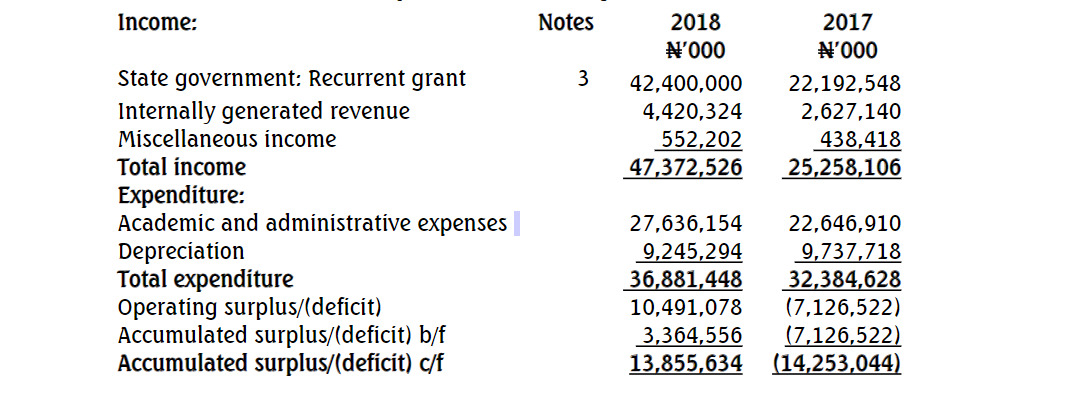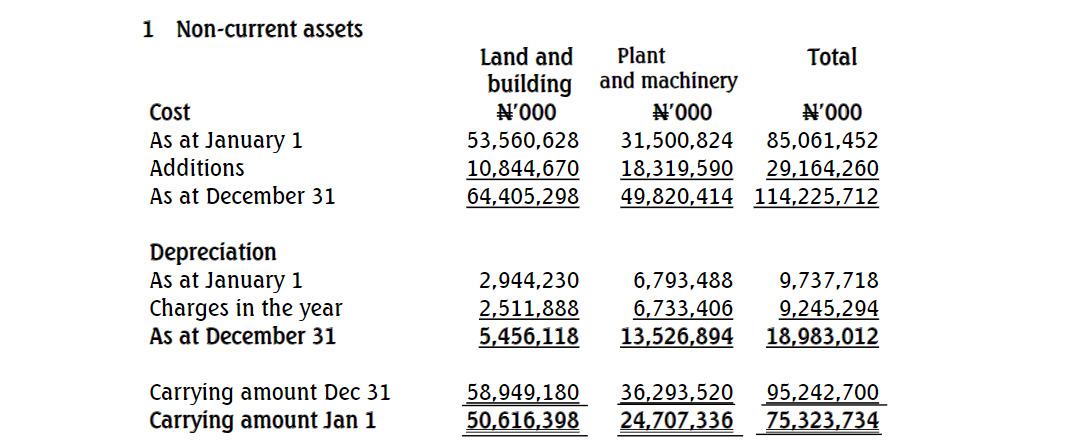- 12 Marks
FR – March 2020 – L2 – Q4b – Financial Statement Presentation of Government Grants
Prepare financial statement extracts using two methods of presenting government grants under IAS 20
Question
b. During the year ended June 30, 2019, Gbogbonise Enterprises having qualified for the 25% local equity participation, received the following grants from Central Bank of Nigeria (CBN).
(i) On September 1, 2018, a grant of N1 million was received from CBN. The grant was in respect of training casual workers. The training cost incurred by Gbogbonise Enterprises in this respect, was N1.75 million.
(ii) On November 1, 2018, Gbogbonise Enterprises acquired plant and equipment costing N8.75 million and received a grant of N2.5 million from Central Bank of Nigeria (CBN) in respect of the purchase. The plant and equipment which has a residual value of N1.25 million is depreciated on straight-line basis over its useful life of 5 years.
(iii) On June 1, 2019, a grant of N2.5 million was made by CBN. The grant was in respect of relocation costs that Gbogbonise Enterprises had incurred for movement of its business to a free trade zone allocated to Medium, Small and Micro Enterprises (MSME). The grant is repayable in full unless Gbogbonise Enterprises recruits at least one hundred (100) employees from the free trade zone local area by the end of the month of June 2019. Gbogbonise is finding it difficult to recruit this number of employees in the local area.
Required:
Prepare extracts of the statement of financial position and statement of profit or loss of Gbogbonise Enterprises for the year ended June 30, 2019 using the two methods of presenting grants in the financial statement of business entities. (12 Marks)
Find Related Questions by Tags, levels, etc.











